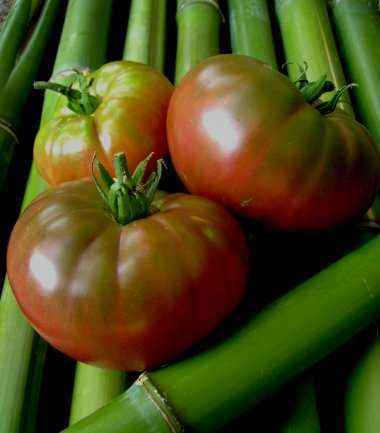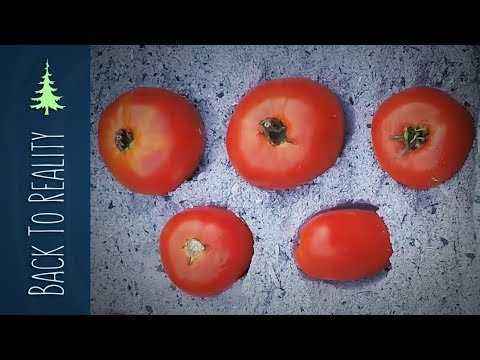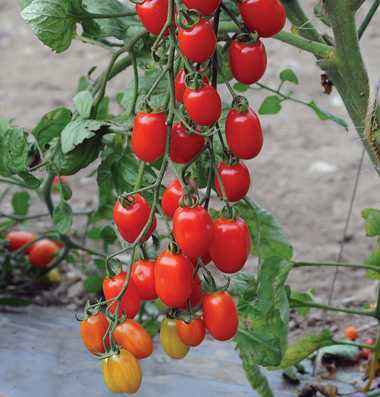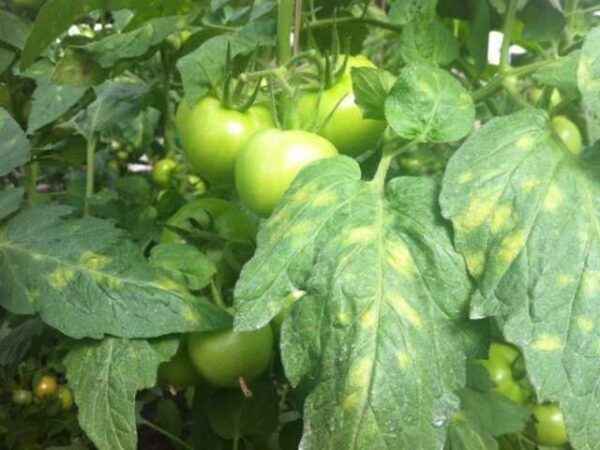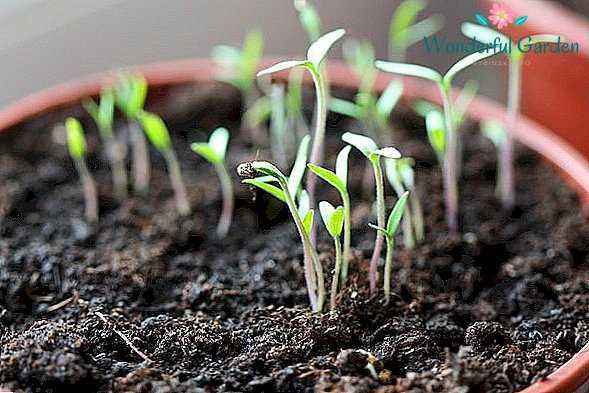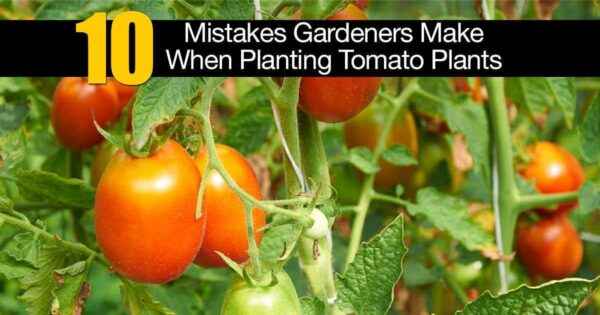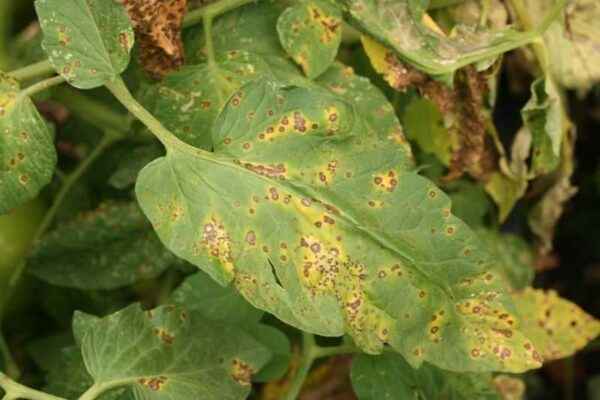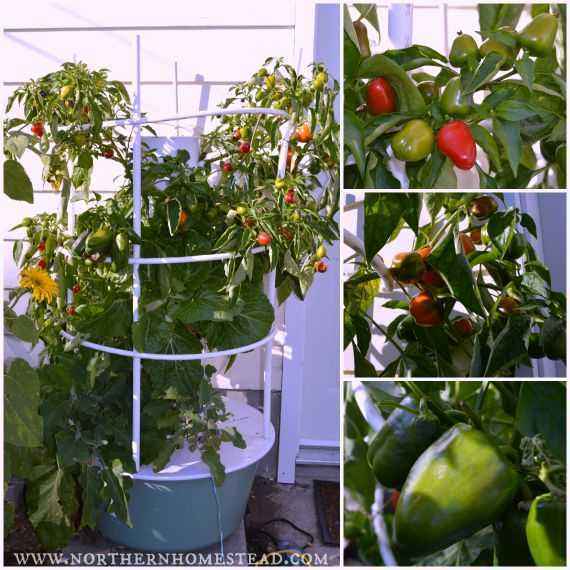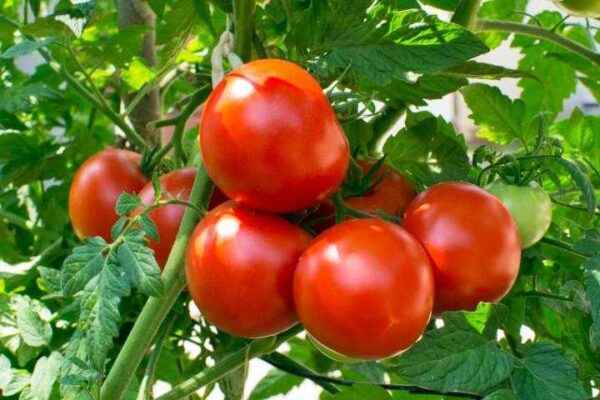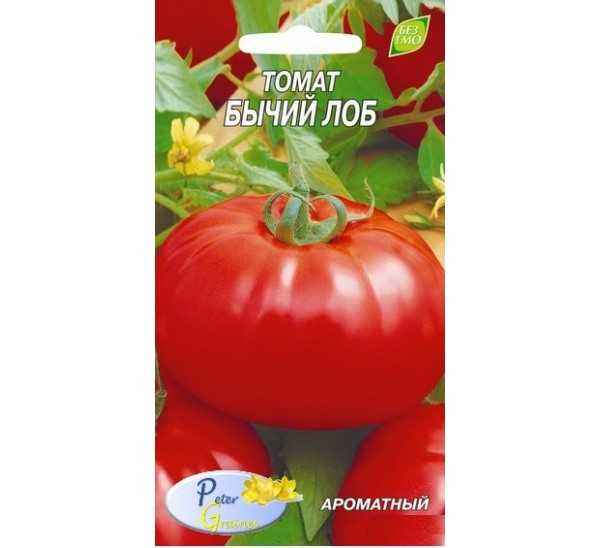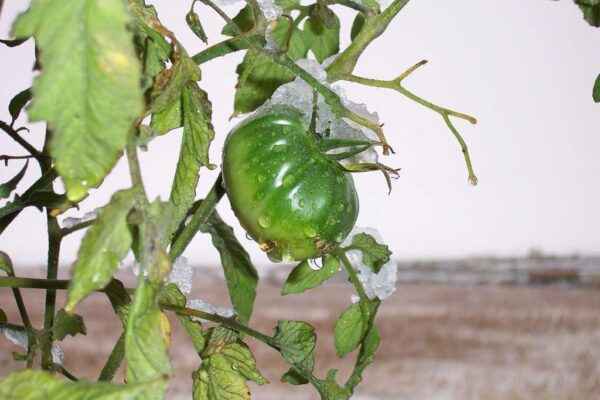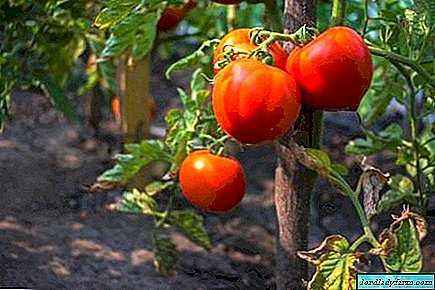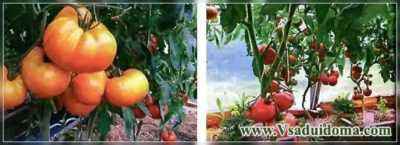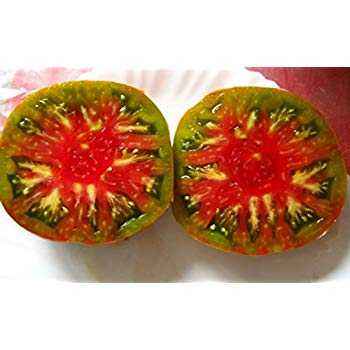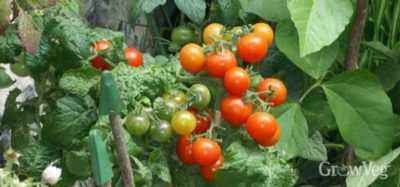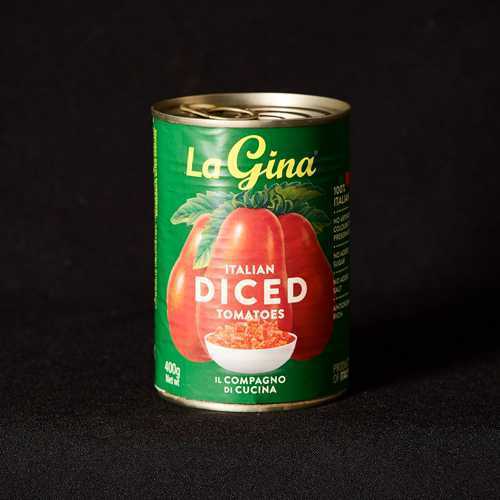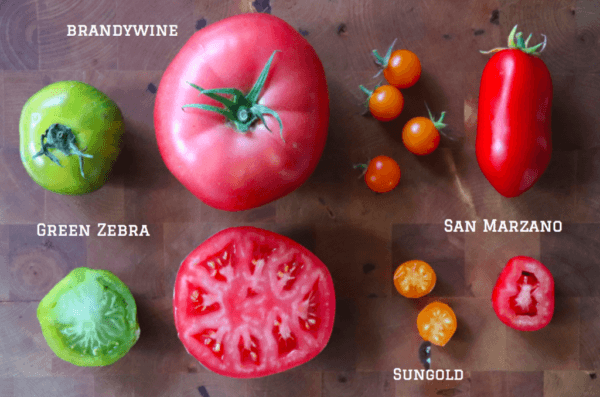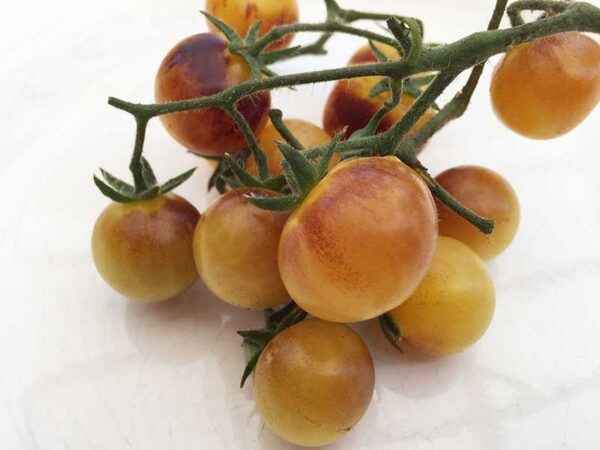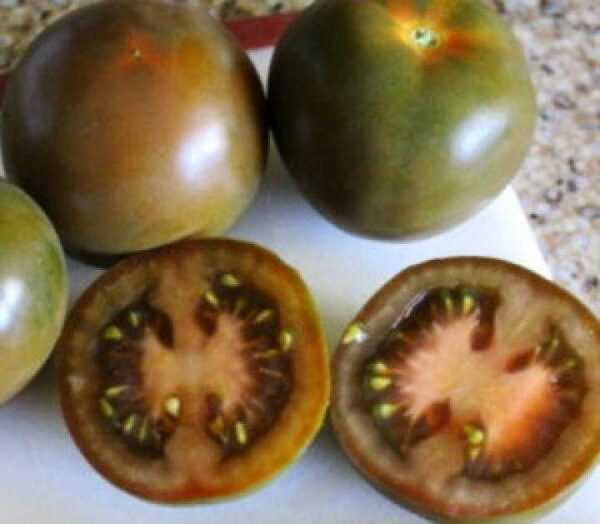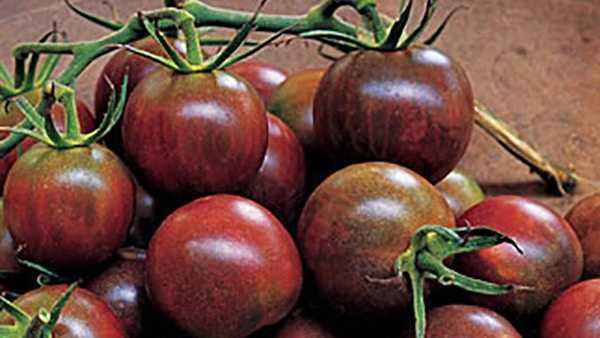Planting tomatoes in many ways affects their future yield. It is important to choose a good place on the site, to prepare the ground. Another condition is maintaining the optimal distance during landing. Tomato seedlings can be either purchased or grown independently.
- Selecting and preparing the bed
- Variety selection
- Seedling preparation
- Land preparation
- Conditions for cultivation
- Planting time
- Planting time in different regions
- Planting patterns of tomatoes
- Ordinary landing in the pits
- Nesting landing
- Landing in the unplaced
- Planting in the open ground
- Planting in the greenhouse
- Preparing the soil
- Planting tomatoes
- Care after planting

Proper planting of tomatoes
Selection and preparation of beds
Tomatoes are best planted after cabbage, onions, carrots, pumpkins, zucchini.It is not recommended to plant tomatoes after other crops belonging to the nightshade family. Tomatoes can be affected by late blight and other common diseases. The soil should be neutral or slightly acidic, preferably sandy loam, to pass air well. You can’t grow the crop in a too humid and shaded area: the fruits will be small, not too tasty, the bushes can infect diseases.
The beds for planting should be prepared in the fall. The site is well dug up, weeds are removed, then fertilizers are applied.For good tomato growth you will need:
- humus, humus or manure diluted with water 4-7 kg per 1 m²;
- superphosphate – 40 g per 1 m²;
- lime or wood ash – 700 g per 1 m².
Tatyana Orlova (candidate of agricultural sciences):
Lime make only on acidic soils! On neutral and slightly alkaline, the application of lime causes the appearance of non-infectious chlorosis in all plants, including tomato, which manifests itself in the form of yellowing (or even whitening) of the upper leaves. The leaf veins remain green at the same time.
After the snow has melted, you need to dig the earth again and remove the remaining weeds. Approximately 10 days before planting, it is necessary to loosen the soil and fertilize again. This time, you will need 20 g per 1 m² of superphosphate and potash fertilizer. Immediately before planting, 20-30 g per 1 m² of nitrogenous fertilizers can be applied.
Variety selection
The methods for planting tomato seedlings are largely dependent on the variety. It is customary to distinguish several varieties of tomatoes:
- greenhouse;
- varieties for open ground;
- universal;
- undersized;
- tall;
- standard;
- early;
- mid-early;
- late.
Greenhouse varieties can be sown on seedlings earlier, as they are less affected by frost. The distance when planting low-growing varieties may be shorter than that of tall ones. When choosing a variety, it is very important to consider the climatic zone, the ripening time. The optimal growing season for central Russia is 100-105 days. For northern latitudes it is better to choose early varieties. In the south, you can plant any tomatoes, including later ones.
Preparing seedlings
Before you talk about how to plant tomatoes properly, you need to talk about preparing the plants themselves. You can buy ready-made seedlings at the market or in the store. This option is practiced by those who have nowhere to grow bushes from seeds. In this case, you need to carefully examine the plants for diseases and pests. It is advisable to study the characteristics of the varieties that you are going to buy.
Preparing the land
If there is a place in the house, you can grow tomatoes for planting without problems. Sowing tomatoes is carried out in cardboard cups, plastic bottles or containers. The soil can be taken directly from the site where it is planned to plant bushes in the spring, or bought. The second option is more acceptable, since the land from ordinary gardens can be infected with fungi and bacteria.
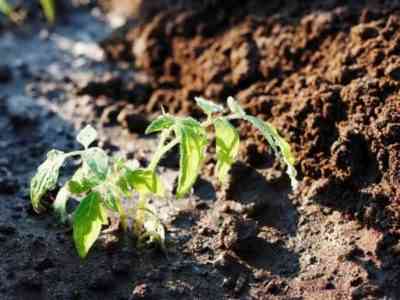
The soil for planting needs to be prepared
It is recommended to mix turfgrass, peat and humus for seedlings in a ratio of 1: 1: 1. To this soil, 0.5 parts of sand is sometimes added. Well proven substrates: coconut, peat tablets. In the latter cases, the bushes are easier to transfer to the bed, they do not need to be taken out of the tablet, just put it in the ground on the site. Before sowing the seeds, the soil and substrate must be roasted in the oven or scalded with boiling water to destroy fungi and bacteria. It’s better to plant in new containers or disinfect old ones well.
Tatyana Orlova (candidate of agricultural sciences):
The soil for growing seedlings should be light, porous but nutritious. Ordinary garden soil, taken from a garden where adult plants grow well, is not suitable for small seedlings. In a limited volume of the cup, it quickly soups or condenses.
Growing conditions
When sowing tomatoes for seedlings at home on the windowsill, you need to maintain optimal temperature and humidity. Seedlings grow best at a temperature of 25 ° C.Humidity for seedlings should first be about 90% (containers for this are covered with a film), then it should be lowered to 60-70%. Seeds are sown in moist soil and are not watered until the first sprouts appear. They germinate 5-10 days after sowing.
You can grow tomato seedlings at home with or without transplanting, there is no single rule.
Culture tolerates picking, but it takes time and effort . Some gardeners claim that transplanting does not particularly affect yield. If you keep the plants on the windowsill, after 3-4 true leaves appear, they need to be tempered by taking them out to the street.
Tomatoes are planted in open ground or in the greenhouse 55-65 days after sowing. For this, only the best seedlings are selected.
Planting time
When do you need to plant tomatoes in open ground? At the time of the dive, the seedlings must reach the age of 60-70 days, be strong and healthy. Date and time largely depend on the climate and weather conditions in a particular year. It is important that the temperature of the soil is not lower than 15 ° С, the optimal indicator is 20 ° С. You can measure the temperature with an ordinary household thermometer, lowering it to the ground by 8-10 cm.
The air temperature is no less important for tomato seedlings. During the day it should be between 20-22 ° C, and at night not fall below 15 ° C. At indicators of 12 ° C, the vegetation of tomatoes ceases.Heat-loving culture – if there is a threat of frost, it is better to use a covering method of cultivation.
Planting time in different regions
Timing of planting tomatoes on beds, depending on the climatic zone:
- Southern regions – the third decade of April (early varieties), the second decade of May (medium-late varieties).
- The middle strip of Russia (Moscow Region, Leningrad Region) – from mid-May to early June .
- Northern regions (Ural, Siberia) – from the beginning to the middle of June.
If all the landing dates are met, you can wait well first harvest. Too late to plant planting material in open ground is also impossible: the fruits may not ripen, especially in cold climates. It is important to monitor the temperature after landing. If the forecast predicts frosts, plants are recommended to cover with a film.
Tomato planting schemes

The planting pattern depends on the tomato variety
How to plant tomatoes in the garden? This question often arises among beginner summer residents. There are several schemes, when choosing them, the characteristics of the variety, the size of the bushes and the site itself should be taken into account. Planting technology may differ with the greenhouse and open method of cultivation.
Row landing in pits
in one row
The most popular option is row planting of tomatoes .With this method of planting tomatoes, they make holes in several rows, each plant one bush. The distance depends on the size of the bushes.
For undersized bush varieties:
- the distance between the bushes is 30-35 cm;
- the distance between the rows is 40-50 cm .
For tall varieties:
- the distance between the bushes is 40-45 cm;
- the distance between the rows is 50-60 cm.
In two rows
A variant of the ordinary landing is a two-line. The bushes are arranged in pairs (rows), large gaps are made between these pairs.
Distances of undersized varieties:
- between the bushes – 20-25 cm;
- between rows – 40 cm;
- between pairs of rows – 50 cm.
Distances for tall varieties:
- between the bushes – 30 cm;
- between the lines – 60 cm;
- between the pairs of lines – 80 cm.
Nest landing
Another way to plant tomatoes is to use nests. The site is divided into squares, 80 × 80 cm in size. A hole is dug in the center of each square. A feature of this technology is that tomatoes are planted several bushes in one hole. The only exceptions are some varieties:
- low-growing and tall varieties – 2-3 bushes per hole;
- bushy varieties with a wide crown – 2 bushes per hole;
- medium late and late varieties – 1 bush per hole.
Nesting is best for regions with a dry climate. Plants grow more crowded, the soil does not dry out so quickly, which reduces irrigation. The bushes are intertwined with roots, after which one plant is formed as if. This increases the yield, the fruits are big and tasty.
Tatyana Orlova (candidate of agricultural sciences):
When growing seedlings in cassettes, the seedlings are easily taken out from the cells along with the soil, because the roots tightly wrap around a lump of earth, preventing it from crumbling. Cassette seedlings easily take root on the spot, almost without stress during transplanting.
Planting in a spread
The technique is very convenient for large areas and greenhouses. First, a trench digs about 10 cm deep. Then the seedlings are laid horizontally and dug up with earth. The distance between rows and plants needs to be calculated in the same way as with ordinary planting in pits.
Planting in open ground
Now let’s take a closer look at how to plant tomatoes in the ground . First you need to dig holes or a trench with a depth of 10-15 cm. Some gardeners advise doing this 2-3 days before planting. At the bottom you can put fertilizer (superphosphate, wood ash, humus, humus), and then pour plenty of water into the hole.It is important not to overdo it with top dressing: tomatoes do not like their excess. If the bed was fertilized in the fall and 10 days before planting, you can no longer contribute anything.
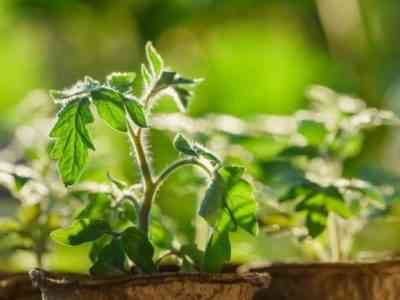
Planting is best done on a cloudy day
For planting, it is best to choose a slightly cloudy day, it may even rain lightly. It is important that before this the seedlings are properly hardened, carefully selected. All weak and diseased plants should be discarded. For hardening, pots with tomatoes 2-3 weeks before diving into the ground, they begin to take out into the air, first for 10-15 minutes, then for a couple of hours, all day. On the day of transplantation, they are left there for a day.
The seedlings are carefully removed from the containers where it grew, so as not to damage the roots. If peat tablets were used for growing at home, it is not necessary to free the roots from the ground. Properly plant such tomatoes directly in the substrate. On the stalks of tomatoes should be only 4-5 leaves, the extra bottom removed. It is advisable to plant purchased planting material on the day it was purchased. If this is not possible, the roots of the seedlings are wrapped with a wet rag. They must be planted no later than 2-3 days later.
The hole immediately before planting is watered with a small amount of water, then the bushes are placed in it at an angle of 45 ° or horizontally. Soil is poured on top of the plants and slightly tamped.If the ground is dry, you can water the tomatoes with a little water. You can also organize drip irrigation of the entire garden with a hose.
Planting in a greenhouse
How to plant tomatoes in a greenhouse? The technology is almost the same as in the open field. It is important to properly prepare the soil for tomatoes, organize watering. The methodology has its own secrets.
Soil preparation
They begin to prepare the earth in the fall. Humus or humus is introduced into it. Humus feeding method, which is well suited for indoor use:
- remove the top layer of soil about 20 cm thick;
- dig a groove;
- take a three-year humus ( it can be prepared in a barrel or in a compost pit);
- fill the ditch halfway with humus and cover the bed with a removed layer of earth.
In the spring, such a bed is dug up and loosened.
In early spring, staying in a greenhouse of earthworms is useful. They form a very useful substance for plants – humus. The worm passes through itself the earth, the remains of plants, insects. The output is a fermented natural fertilizer. In addition, worms dig holes in the ground, loosen the soil and enrich it with oxygen.
Rules for the settlement of earthworms:
- stock up on worms at the rate of 5-10 individuals per 1 m²;
- dig holes in the ground and place 2-3 worms in each;
- cover the hole with earth;
- water the area with a hose.
It is important to cover the greenhouse with foil.If the worms do not have time to dig deep into the ground, they will die during freezing.
Planting tomatoes
Planting tomatoes in the greenhouse is 1-2 weeks earlier than on an open garden . The technique is almost the same as on a regular garden bed. More often it is recommended to use the trench method in greenhouses. If the variety is tall or the seedlings are large, you can use the snake method:
- dig a hole about 25 cm deep;
- add a handful of wood ash, 2-3 kg of humus to the resulting soil, 1 tbsp. l phosphate and potassium fertilizers;
- mix the ground;
- peel the lower part of the seedling stalk to leave 4-5 leaves;
- lay the stalk in the hole so that it spun like a snake (hence the name of the method);
- carefully sprinkle planting material with a mixture of earth and fertilizers, ram;
- water the entire area with a hose.
It is important to ensure good watering of plants in the greenhouse, because natural moisture does not enter there. It is best to equip a special drainage system. If this is not possible, a hose should be brought to the greenhouse. It is important to monitor humidity: overfilling harms tomatoes. In conditions of high humidity, pests easily settle in the greenhouse. Before planting tomatoes, be sure to sanitize all the structures and soil.
Care after planting
Proper planting of any tomatoes is just the first step to getting a good crop. when seedlings take root and begin to stretch up, it needs to be tied to a support. cultivation of two crops. Between rows of tomatoes, corn is planted, then the bushes are tied to strong stalks of cereal. This method is suitable for the southern regions. In the north, the corn will obscure the tomatoes.
Tomatoes are fed after 2-3 weeks. 25 g of nitrogenous, 40 g of phosphate and 15 g of potassium fertilizer are diluted in a bucket of water. 600-700 ml of solution are poured under each plant. Water the bushes as needed. Most often this is done 3-4 times a week. If it rains, watering is reduced to once a week.
In order to ripen the tomatoes well, part of the leaves are removed from the bushes in the northern regions. In the south, this procedure is not done, since the foliage protects the fruits from the bright sun. It is important to monitor whether pests and fungi have wound up on the bushes.For prevention, preventive treatment of tomatoes with infusion of garlic, tobacco or fungicides is carried out. After harvesting, all the tops are taken away from the beds so as not to infect the soil. Before planting tomatoes in the same place another time, you need to maintain a three-year interval.
